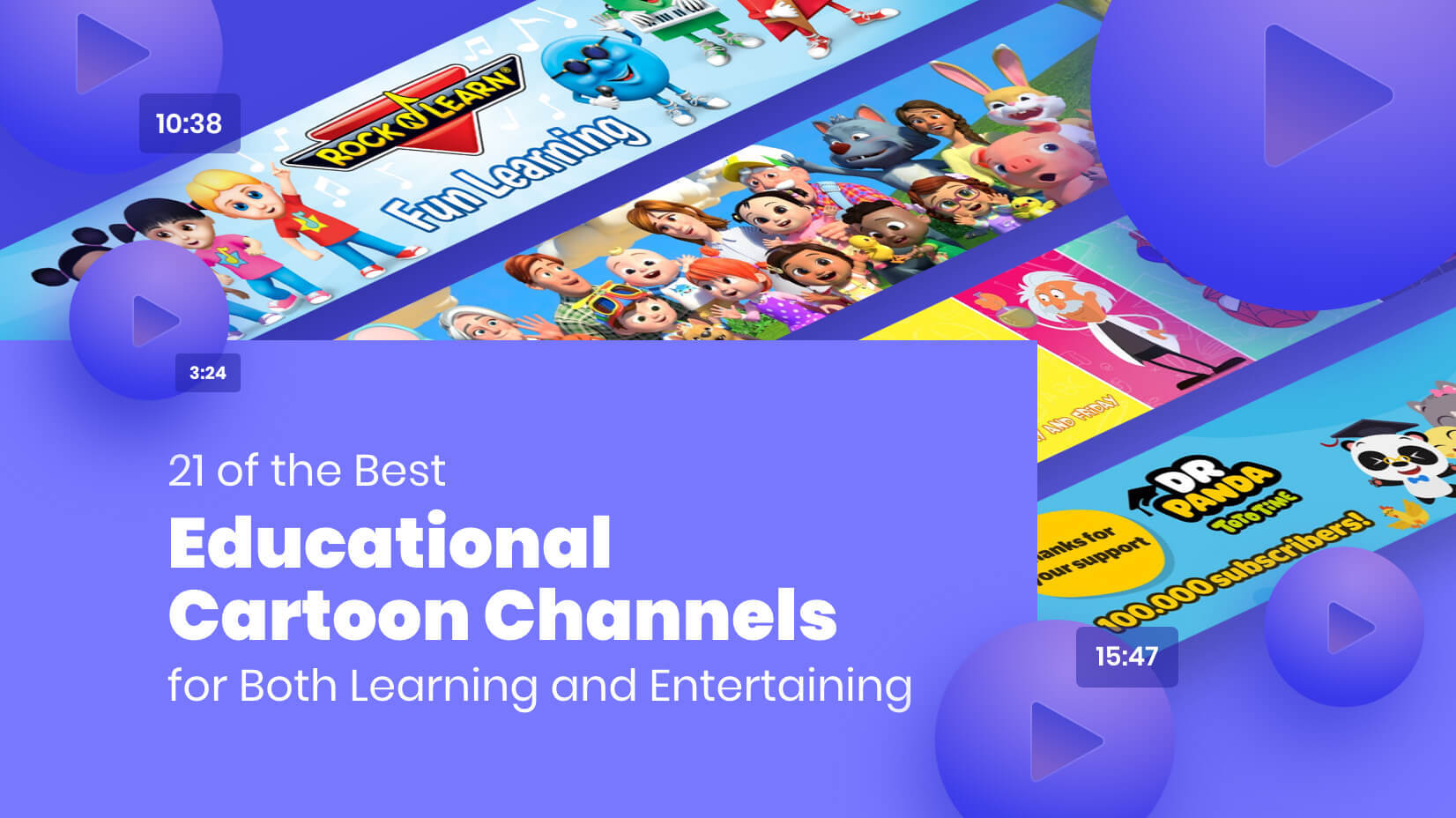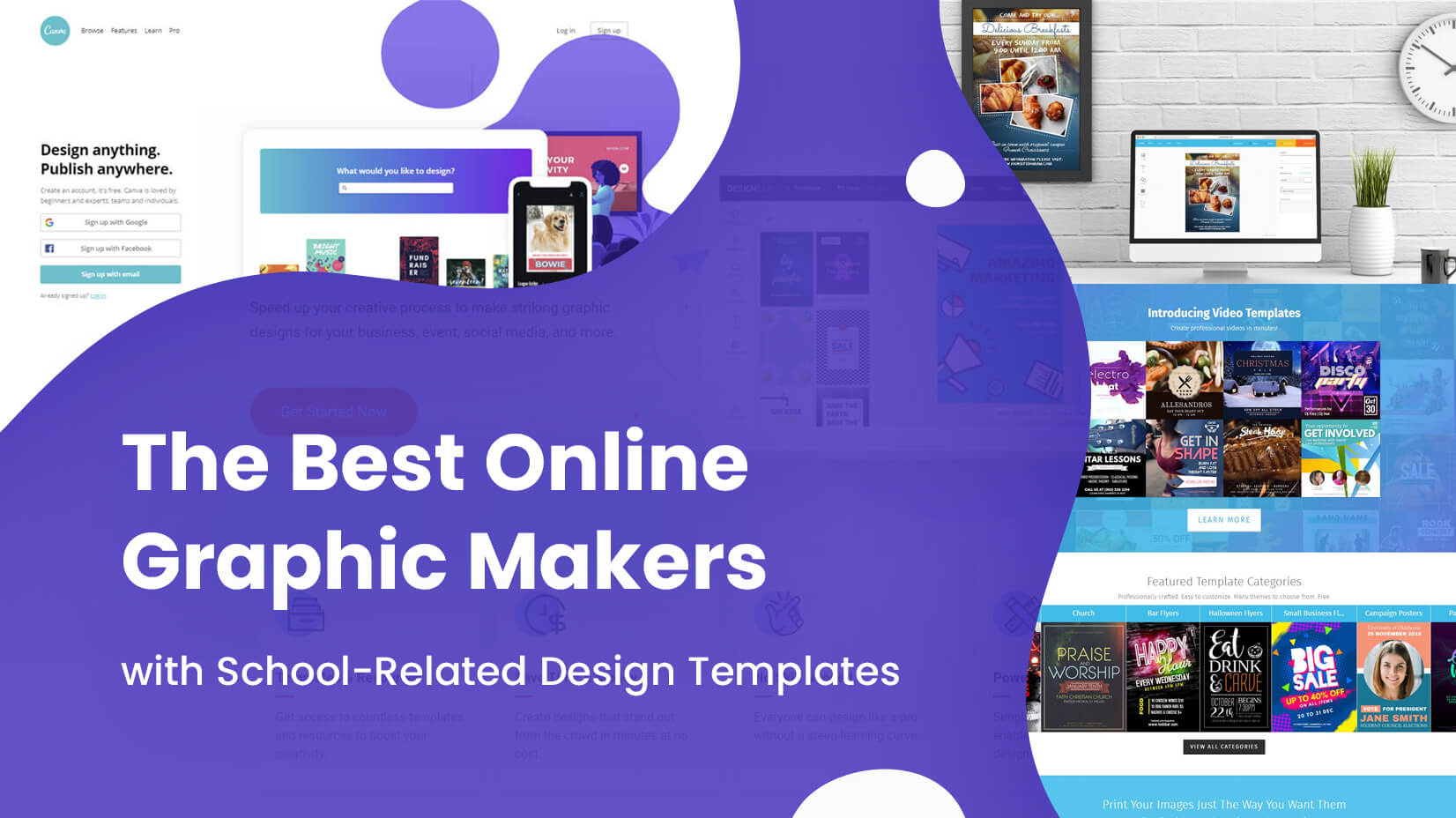
Wondering if a freelancer or a full-time employee would be a better fit for your brand new job opening? With the increasing opportunities for hiring freelancers, the factors that entice employers are many. However, not all work needs can be met by a freelance worker. Some jobs still require having a full-time employee that will be by your side whenever you need them. So, when you are facing the freelance vs full-time dilemma, there are several factors that may turn the scales to either option.
In this article:
1. Factors to consider
2. Freelance vs full-time from a business type perspective
3. Where to find freelancers

Image by Unsplash
1. Factors to consider when hiring a freelancer or full-time employee
The scope of work
In other words, is it an on-going job or a single project that you need to be completed? Usually, a freelance partner would be a great fit if you have a one-time project for a specific period of time. Even if this is a long-term commitment, the practice has proven that working with independent contractors is successful when you have clear parameters such as project scope, goals, deadlines, etc.
However, if you have a vacant job opening for an on-going commitment with various duties and responsibilities, hiring a full-time employee will be a better decision.
The essence of the job
The type of job itself is also a factor worthy of consideration. Usually, hiring freelancers is more common and appropriate for jobs in the creative fields. We are talking about designers, developers, engineers, illustrators, artists, writers, actors, and other creative professions. Being a freelancer means being flexible. It provides greater creative freedom which naturally leads to greater results.
On the other hand, jobs oriented towards more practical and technical work are commonly suitable for full-time employees.
Expertise
Whether you are hiring a contractor or an employee, expertise matters in both cases. However, freelancers are often tightly specialized in a specific niche (for which they are usually being hired), so they may bring extra skills and experience to the project. Especially useful for small businesses who want to benefit from the expertise of a skillful professional without having to hire one permanently.
On the other hand, full-time employees may have a broader range of knowledge and skills to cover different work needs that may emerge in time. Also, if you need a talent for an on-going job, then investing in a training of a full-time employee may be well justified.
Expenses
From a business’s perspective, hiring a freelancer is usually more affordable than hiring a full-time employee. You are free of paying insurance, medical expenses, and even more taxes – freelancers pay these expenses themselves. Moreover, you may reduce the office working space and the office supplies and save from some costs there, as well.
However, there are cases where hiring a full-time employee is worth the long-term investment, so your budget should not be the only factor you should rely on.
Commitment
A factor that turns the scales in favor of a full-time employee. In general, a full-time employee feels more connected to your company’s mission and values. Therefore, they are more committed to you and your business in the long term.
Freelancers, on the other hand, see you as a client. But don’t get us wrong – they definitely want to make you happy, so you hire them again and/or leave positive feedback and testimonial. But their goal is to develop their own business. They usually work with multiple clients, and usually won’t get too attached to you and your mission. In comparison, a full-time employee is more likely to relate to your mission and commit to developing your business.
Supervision
If the work that needs to be done requires close supervision, then hiring a freelancer may not be the best option for you. Freelancers work on their own schedules, so you cannot expect them to be available whenever you need them, nor you can closely monitor every step of the working process. However, you can negotiate to check their progress, as they meet specific milestones. All of this should be previously negotiated in the contract you’ve signed.
Of course, you should also abide by the IRS’ rules and regulations regarding the amount of control you can legally hold over a worker in order for them to be classified as a freelancer, rather than your employee.
Having a full-time employee, on the other hand, allows you to constantly monitor the progress, discuss how it all goes, make timely corrections if necessary, etc.
Communication
Another major factor that adds points in favor of a full-time employee is the quality and quantity of communication. Logically, communication is better when you have a full-time, in-house employee that is easily approachable (within working hours, of course).
In comparison, freelancers are usually remote workers – often in different time zones. This makes communication such as voice calls, more difficult to schedule. Even if the time zone is not such an issue, remember that the freelancer has other clients, as well. They won’t be approachable whenever you need them. Another factor – the hired freelancer may be from another nationality. This may make communication a little challenging.

Image by Unsplash
2. Freelance vs full-time from a business type perspective
In other words, some types of businesses simply cannot benefit from the freelance workforce. Their specific needs require the employee’s presence, constant and timely communication, dedication and commitment, so they can reach their business goals.
However, there are some types of businesses that leverage the freelance workforce really well. As we already mentioned, freelancers are usually professionals in the creative fields. So naturally, these businesses need artistic and creative people to bring fresh ideas to the table. Some of the most famous brands and companies that leverage the freelance workforce are Booking.com, Tiffany & Co., Wal-Mart, Bloomberg, GoPro, Nintendo, Time Warner Cable, Facebook, and many more.
Generally, there are several industries that benefit from working with freelancers the most:
Media, film, and publishing
As an industry that needs to release fresh content non-stop, the media and publishing sector definitely takes huge advantage of the freelance workforce. Whether looking for creative writers, book and magazine illustrators, actors, voiceover actors, and even video editing specialists (when it comes to digital media), this sector is the perfect example of how successful can working with freelancers be.
The video gaming industry
As a huge part of the entertainment industry, the video gaming industry is always looking for creative minds to form an all-star team that will design, develop, and produce the next big video game. Usually, these projects don’t require an in-house team, as long as there are good coordinators that keep everything under control. In this field, the job almost always refers to a specific project with specific scope and deadlines, so hiring independent contractors makes perfect sense.
Movie and animation industry
An industry that is constantly looking for actors, voiceover actors, illustrators, animators, scriptwriters, and even more creative specialists. Similarly to other sectors in the entertainment industry, companies usually hire a team of freelancers for a specific project.
Digital design and development
Design and development of websites, apps, software, and other digital products require specialists like graphic, web and logo designers, UI and UX designers, developers, illustrators, content writers, marketing and SEO specialists, brand identity consultants and many more professionals.

Image by Unsplash
3. Where to find freelancers
These days, hiring freelancers is easier than ever. There are numerous platforms where you can find the perfect freelancer for the job. Usually, these platforms work in two ways. You either publish a job offer and wait for freelancers to apply, or you browse freelancers’ portfolios and get in touch with the ones who catch your eye.
Of course, the diversity of freelance platforms means a diversity of services, taxes, and types of professionals they list. Here are some of the most popular platforms of hiring freelancers in the creative industries:
- Coroflot
One of the popular choices of a freelance platform where famous companies and brands look for talents. On Coroflot, you will find mainly specialists in the design industry including graphic designers, UI and UX designers, illustrators, fashion designers industrial designers, and more.
- 99 designs
A popular platform for hiring creatives, usually preferred for quick design tasks and low-budget projects. This platform is suitable if you still don’t have a clear vision for your design and want to get various design ideas from different creatives.
- Upwork
A very famous platform for hiring designers in different professional fields. The platform gives you many opportunities to search for talents depending on your specific needs. It can be a long-term, a short-term project, or even full-time work. The platform lists freelance specialists at various levels of expertise, so you have a pretty big choice.
- Toptal
A freelance platform that lists only the top 3% of the freelance talents. Yes, this means that freelancers on Toptal are previously filtered among many candidates, so you can have access to highly skilled experts only. The service is a bit pricy but you pay only after 100% satisfaction.
For a more in-depth research and comparison between platforms that list independent contractors, check out our selection of the best websites for hiring freelance designers.
Final words
The decision between hiring a freelancer vs a full-time employee may not be so obvious at first but when you take certain factors into consideration, the scales definitely show you the right way to go. We hope we managed to clear up the pros and cons of either option.
If this article was useful to you, maybe you will enjoy checking out these related topics, as well:













